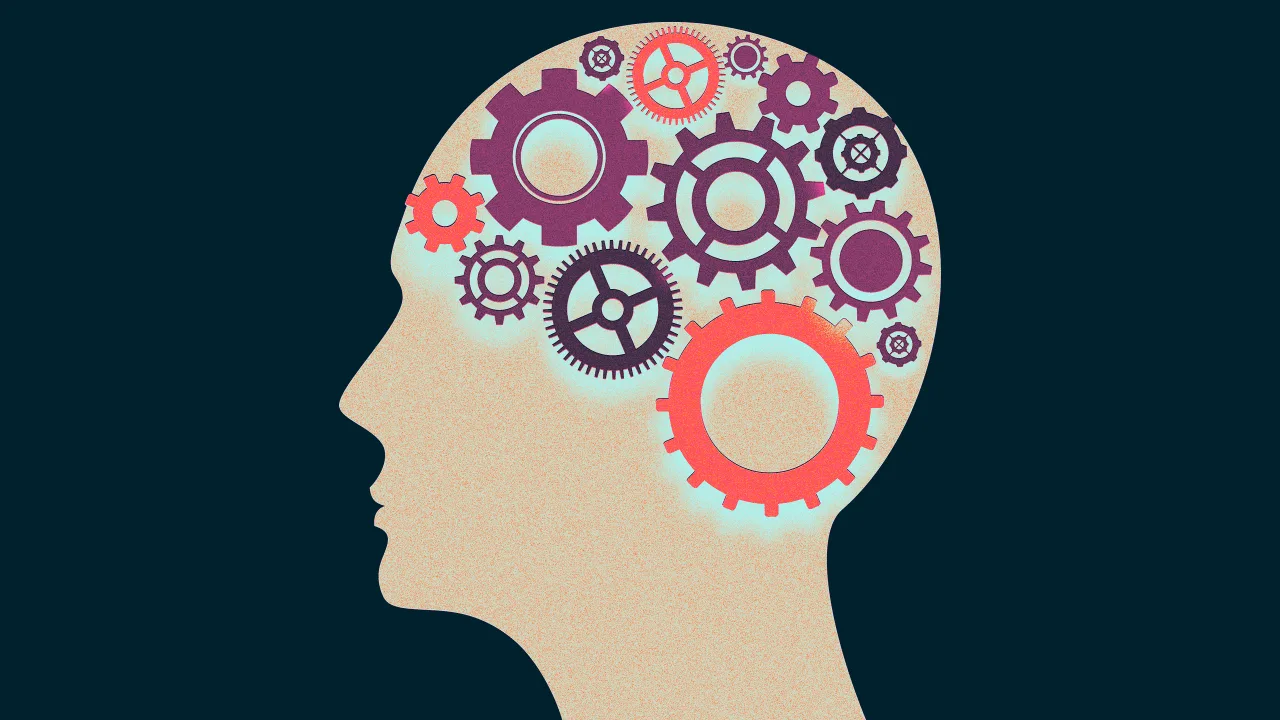The AI-native nonprofit era is coming

“I can’t believe it only took a week.” That’s what a nonprofit leader will say in 2030 after launching an AI-powered platform that reaches millions of people. Not through a huge team or a multi-million dollar grant, but with a handful of staff and volunteers, and the right AI strategy.
This isn’t the melody of the future; it’s already happening. Organizations that start preparing now will hold a massive advantage, because tomorrow’s AI-native nonprofits won’t just operate faster. They’ll solve problems at a scale we’ve never seen before.
The gap between AI-curious and AI-transformed
Walk into most nonprofit Zoom calls today and you’ll find teams experimenting with ChatGPT for grant writing, and maybe a Zapier automation connecting their CRM to their email platform. A recent survey showed that nonprofits may be incorporating AI more quickly than private companies, as 58% of nonprofits are using it for communications (versus 47% for B2C companies). Also, 68% of nonprofits are leveraging AI for data analysis, higher than the 64% of B2C brands doing so. But there’s a canyon-sized gap between using AI tools and actually transforming how an organization works.
Real transformation looks different. Take Operation Fistula, which uses predictive analytics to identify women most at risk of obstetric fistula in underserved regions. Its AI model helped target interventions five times more efficiently than traditional outreach methods. Or consider Amnesty International’s use of machine learning for satellite image analysis in Darfur—tasks that previously took weeks now take hours.
Yet for every success story, there are challenges that organizations must navigate carefully. Privacy concerns around beneficiary data, the digital divide that can exclude vulnerable populations, and the risk of algorithmic bias require responsible and ethical implementation strategies.
3 capabilities will define the future nonprofit workforce
Imagine it’s 2030, and you’re stepping into a social impact organization that has fully embraced AI. Not just as a set of tools, but as a new way of working, and built from the ground up with AI at its core. The most effective nonprofit teams won’t be split into tech versus nontech silos. Instead, they’ll be organized around fluid, AI-enabled capabilities:
- Nontech specialists use general-purpose AI tools to enhance their core work-program officers who leverage AI for research synthesis, fundraisers who use it for donor analysis, and communications teams that employ it for multilingual content creation.
- Soft-tech builders understand workflows deeply enough to create lightweight automations within their domains. Think of a disaster response coordinator who builds an AI agent to monitor social media for crisis signals, or a volunteer coordinator who creates automated matching systems for skills-based volunteering.
- Tech orchestrators maintain the AI infrastructure, curate tool stacks, and develop the custom solutions that connect digital capabilities to real-world impact.
These aren’t job titles—they’re capabilities that successful organizations distribute across teams, empowering programs, fundraising, and operations alike.
5 archetypes emerging in the nonprofit landscape
Looking across the sector and at more than 2,000 nonprofits registered at Tech To The Rescue (which includes over 100 AI projects), organizations are clustering into five distinct approaches to AI adoption:
- Pioneers are building AI-native impact organizations from the ground up. Tarjimly exemplifies this approach. Their machine learning platform scaled refugee translation services from hundreds to tens of thousands of conversations per month, serving 10 times more people with the same operational resources.
- Scalers are established organizations undergoing coordinated AI transformation, with dedicated roles for AI integration and systematic process redesign.
- Explorers are experimenting with custom tools—AI-powered demand forecasting, automated volunteer scheduling, predictive analytics for program targeting—but without strategic integration across departments.
- Starters represent the majority of the sector: organizations just beginning to use general-purpose AI tools but lacking internal structure or capacity for deeper transformation.
- Community-based organizations remain focused on direct human relationships, slower to adopt AI, but still benefitting through partnerships with tech-enabled organizations.
Each archetype faces the same fundamental question: What processes to automate, and where to stay deeply human?
The road to AI-native nonprofits
The first wave of transformation is here—nonprofits that recognized early how AI could fundamentally change their ability to serve vulnerable populations and unlock institutional knowledge at scale.
Jacaranda Health demonstrates this approach: their AI-powered PROMPTS platform handles over 7,000 daily SMS messages from mothers across Sub-Saharan Africa, providing personalized maternal health guidance at just $0.74 per mother while identifying high-risk situations and triaging them to human agents within minutes.
Ashoka transformed decades of institutional knowledge through AI. With nearly 20,000 pages of data from 4,000 social entrepreneur selection processes, they developed an AI tool that enables any staff member in 30 countries to explore their vast repository of social innovation insights through simple searches, rather than complex syntactic queries.
Imagine the potential of organizations designed from the ground up for an AI reality—where personalization, prediction, and automation aren’t added later, but form the DNA of every solution from day one.
The implementation reality
This transformation does not happen without aligned incentives and a serious acknowledgment of challenges and risks. Smart funders are shifting their approach, recognizing that organizations equipped to leverage AI effectively will create exponential impact per dollar invested. This means funding not just outcomes, but organizational capacity to transform: process standardization, team upskilling, and experimentation cyclesto ensure cross-disciplinary teams navigate the evolving AI governance landscape, manage cybersecurity risks, and ensure algorithmic fairness while maintaining community trust and data protection standards.
For nonprofit leaders, the message is clear: Waiting for “safe” templates is a luxury you can’t afford. Early movers aren’t just gaining operational advantages—they’re setting the standards for what ambitious, AI-enabled impact looks like in their sectors.
The future isn’t about AI replacing nonprofits; it’s about nonprofits reinventing themselves to operate at the scale our most pressing problems require. Climate change, inequality, and global health challenges need solutions that can reach millions, not thousands. The organizations that start building AI-native capabilities now will be the ones solving problems we can barely imagine today.
If you’re a funder or high-net-worth individual looking for leverage—this is it. AI-native nonprofits don’t just need money; they need smart capital that accelerates experimentation, funds infrastructure, and backs the teams already proving what’s possible. The next big leap in social impact will most probably come from funding the impact builders.
Jacek Siadkowski is cofounder and CEO of Tech To The Rescue
What's Your Reaction?
 Like
0
Like
0
 Dislike
0
Dislike
0
 Love
0
Love
0
 Funny
0
Funny
0
 Angry
0
Angry
0
 Sad
0
Sad
0
 Wow
0
Wow
0





























































































